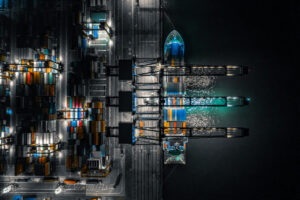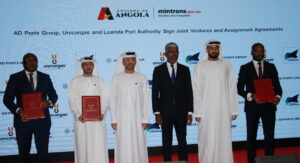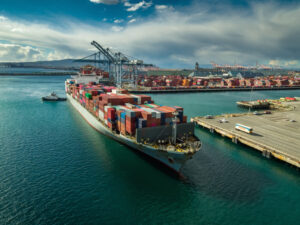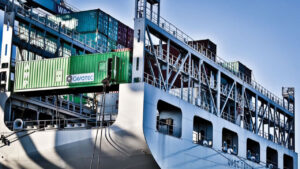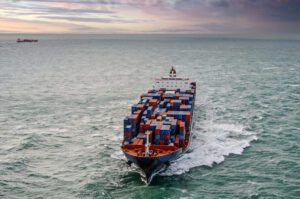The Solar Impulse aircraft, which is the brainchild of Swiss aviators, Bertrand Piccard and André Borschberg, has succeeded with its first ever round-the-world Solar Flight (SI).
By landing back in Abu Dhabi after a total of 21 days of flight and 42,000 kilometres travelled in a 17-leg journey, SI has proven that clean technologies can achieve the impossible.
Coming from Egypt, Bertrand Piccard landed in Abu Dhabi on July 26, 2016, completing the final leg of an endeavour that was, until now, considered impossible.
This landing brings full circle the historic circumnavigation that began on March 9, 2015 when SI set off from Abu Dhabi.
Taking turns in the single-seater cockpit, Bertrand Piccard and André Borschberg have flown SI around the world, crossing Asia, the Pacific Ocean, the USA, the Atlantic Ocean, the Mediterranean Sea and the Middle East.
A total of 19 world records were set, in particular when André Borschberg accomplished the first of flying five consecutive days and nights over the Pacific Ocean from Japan to Hawaii in the longest duration a solo airplane of any kind has ever flown
Thomas Oetterli, CEO of SI’s main partner, Schindler, said: “The drive behind the Solar Impulse mission was to demonstrate how innovation and a pioneering spirit can change the world.
“That is why Schindler was a main partner in the Solar Impulse project. We share this spirit of vision and innovation for the future. As a leading global manufacturer of elevators, escalators and moving walks, Schindler is pushing the boundaries of how people view mobility in the cities of tomorrow.”
By embedding Schindler engineers in the Solar Impulse project, Schindler’s aim was to strengthen scientific networking between two organizations that share similar values and goals.
Fact File: The piloted aircraft does not resemble a typical airplane, but has the wingspan of an Airbus and is around 100 times lighter. With an understanding of the physics of flight, power-to-weigh, ratio, and the help of 3D engineering software similar to that used in Building Information Modeling (BIM), the design for the first prototype, Solar Impulse HB-SIA, was completed in 2009. While existing technologies were used for developing the prototype, its successor, Solar Impulse HB-SIB, was made from new materials and created with cutting-edge construction methods.



